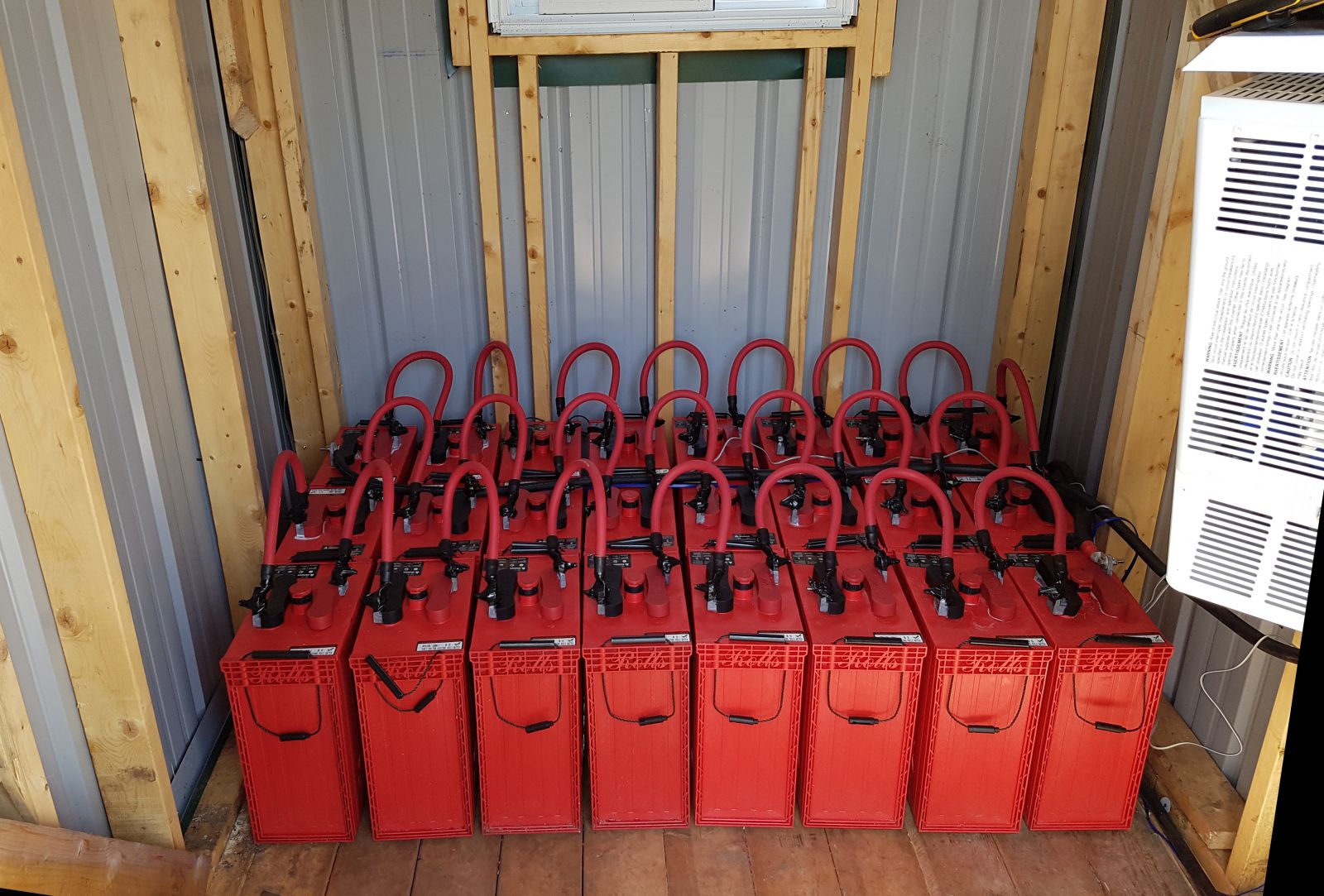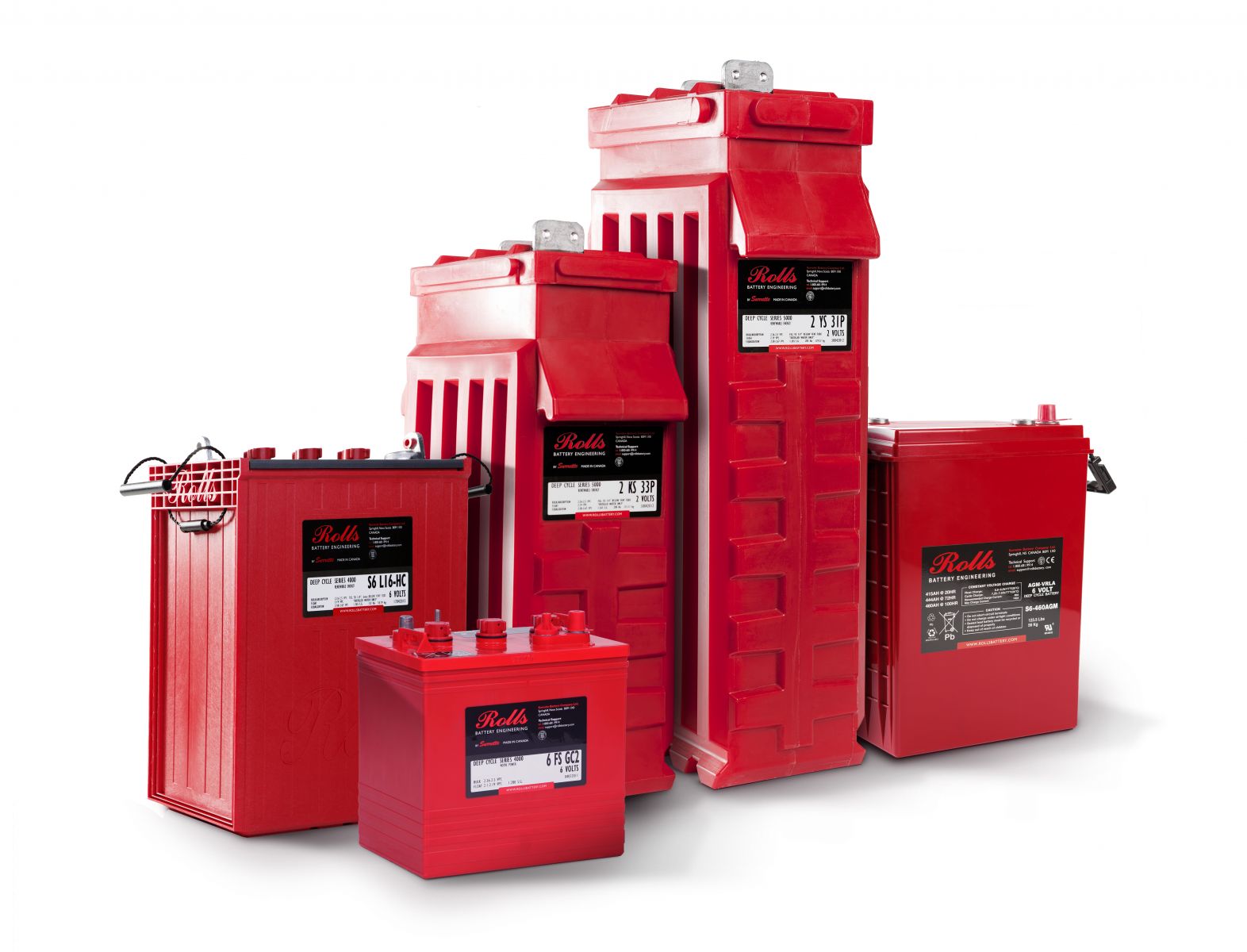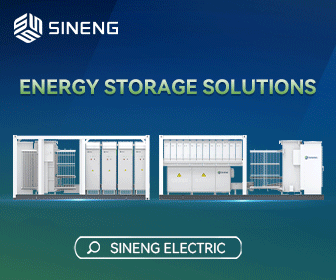Powering On While Off the Grid
 Working remotely has offered many people the flexibility to relocate from their primary residence to spend more time at summer homes and cottages. For some, this has also provided an opportunity to extend the use of these properties throughout the year.
Working remotely has offered many people the flexibility to relocate from their primary residence to spend more time at summer homes and cottages. For some, this has also provided an opportunity to extend the use of these properties throughout the year.
Battery-based off-grid systems are an affordable and popular choice to power seasonal properties. These systems are often designed and sized for occasional weekend escapes and part-time use in summer months with a small allowance for load increases (typically 10-15 percent) over time. However, a significant change in usage and repeated daily cycling will often result in a noticeable drop in performance or even failure. Simply put, if the system has not been designed to support increased loads and full-time daily cycling, you're likely to experience over-discharging, repeated supplemental charging, or outages.
An off-grid system designed specifically for 2-to-3-day use on weekends is often sized with a slightly smaller charge source; the battery bank can be brought back to a full charge when the property is not occupied. As we extend usage over several days in a row or increase daily loads, the existing PV array may not generate enough power to bring the batteries to a full charge each day. In these situations, the battery bank operates in a partial state-of-charge. Over time, repeated partial charging will result in sulfation buildup, reduced battery capacity, and shortened cycle life (in deep cycle lead-acid models).
When a battery-based off-grid system has been properly designed, the battery bank is sized to support the load requirements and energy storage needs based on the owner's intended usage. To operate efficiently, the PV array must generate enough power during peak daylight hours to fully charge the chosen battery bank while supporting any loads on the system during charge times. As daily loads increase or the number of supported days is extended, more energy is pulled from the battery bank on each cycle, requiring more time to charge the batteries. With solar, charge time is limited, so we must also consider the output capability of the PV array during peak sun hours to determine if this is sufficient to charge larger batteries.

It may seem logical to add more batteries to a system when additional storage is needed. However, as battery capacity increases, a higher charge current is necessary to bring the battery bank to full charge in a similar amount of time.
If the existing PV array has been sized to support the capacity of the battery bank, panels may be added to increase charge current. Alternatively, it may be necessary to run a backup charge source (such as a generator) more often, to compensate for insufficient charging. Additionally, the output of other system components such as an inverter or charge controller may be limited. If so, these may also require upgrades to allow a higher flow of current.
For the best performance, and to adhere to the terms of usage, consider the following recommendations and best practices.
- Before purchasing and installing new batteries, perform an energy audit to determine the actual loads the system will be supporting. Size a new battery bank to meet daily load requirements at a desired daily depth of discharge.
- The battery bank must always be the same make and model. Never mix similar battery models from various manufacturers and/or models of varying rated capacities.
- When a battery bank is chosen for a new system or upgrades, it is best practice to select a model that meets the capacity requirement and voltage configuration in as few cells and parallel strings as possible.
- Adding an additional parallel string of batteries will provide an increase in energy storage capacity. However, this should only be done after assessing the condition and of the existing battery bank. New batteries should not be added to battery banks that are experiencing noticeable charge imbalance or cell failure.

- Capacity loss in deep cycle lead-acid batteries may be the result of sulfation buildup due to lack of maintenance or inadequate charging. This capacity loss can often be recovered, in part, through routine maintenance steps. Refer to the manufacturer's recommendations for battery maintenance and troubleshooting
- Battery capacity is affected by ambient temperature. If the system has been designed for summer use, the capacity of the battery bank will decrease when operating in cold temperatures.
- When it comes to aging battery banks, adding new batteries to increase capacity may result in unintended charge imbalance and cell or battery failure. Asses the health and age of the existing battery bank before adding more batteries. Experienced installers and manufacturers recommend replacing the battery bank with new, appropriately sized batteries after 2-3 years of consistent use.
Usage and efficiency of each off-grid system is unique. Once installed, these systems are generally not hands-off. To operate well, adjustments in charge settings may be necessary with routine inspection, and maintenance of the batteries must be completed as outlined in the manufacturer's operating instructions and warranty terms.
Jeff Myles is Marketing Manager at Rolls Battery Engineering, which offers deep cycle lead-acid and LiFePO4 lithium batteries for dependable energy storage solutions.
Rolls Battery Engineering | rollsbattery.com
Author: Jeff Myles
Volume: 2021 September/October









